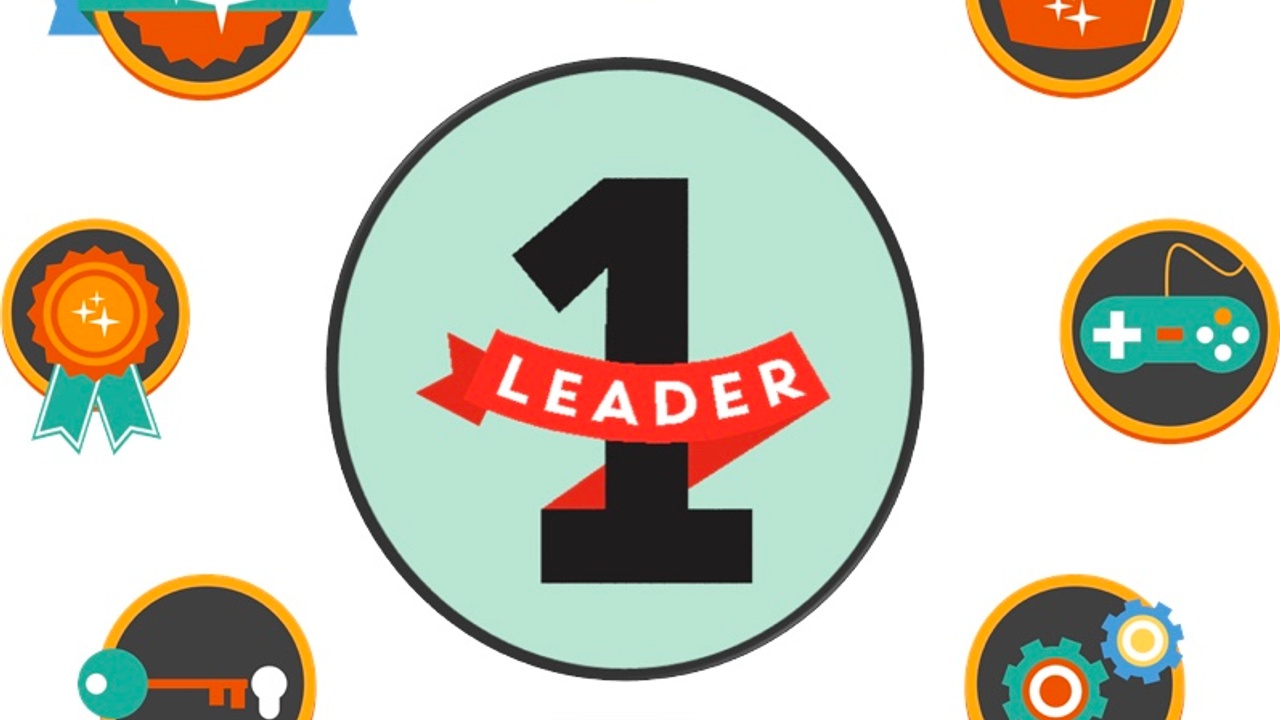
Badges Don't Work (because you're doing it wrong)
Aug 11, 2021The use of badges has a long history. The first record of people using badges was the ancient Egyptians who used them to denote military rank. But it wasn’t until the 17th Century that military badges really started catching on. By the 19th Century, badges accompanied most all uniforms, including school uniforms. The most ubiquitous badges are worn over the heart and symbolize a pledge to the community that the person is serving. Other badges denote things like rank and a person’s accomplishments.
During the Middle Ages, the Church gave badges to those who completed a pilgrimage to the Holy Land. At the same time, the homeless and destitute were given Beggars Badges to allow them to move freely in their search for food. They would also present these badges at churches as proof of class. On the other side of the social divide, elaborate badges were given to those who swore allegiance to a powerful family or political figure.
Of course, we can’t discuss badges without mentioning the Boy Scouts of America. Their badging system famously shows accomplishment and progression as boys and young men work hard to fill the blank spaces on their sashes.
And then along came gamification. Designers began throwing badges to everyone just for showing up. It didn’t take long for people’s collections to look like the inflated chests of old Soviet generals.
The truth is, badging in learning experiences only works when they actually represent some sort of accomplishment or sentiment. For instance, at Sententia, we assign digital badges to each level of Gamification Certification, starting with the Surveyor Badge, which acknowledges a portfolio of evidence turned in following a 6-hour course. For the final level of certification, Gamification Master Craftsman, the badge represents an intense immersion in Gamification and the deployment of a fully gamified learning experience. So this badge represents a significant accomplishment.
That said, badges as a game mechanic, as opposed to the designation of accomplishment, have a limited appeal to most people. People who are highly motivated by Status and Power may display badges that denote social standing and great effort, such as our Gamification Master Craftsman badge. But folks with low motivation for Status and Power are less likely to appreciate the badges themselves. Simply completing the certification is the reward.
Other applications of badges do appeal to people with a high desire for Acceptance, especially when the badge denotes that the learner is on the right track or part of a community (like when we display logos on our clothing). But if a badge is too easily obtained, people with a low desire for Acceptance will probably look at the badge with disdain. They know they did a good job and don’t need your token as a compliment.
When it comes to collections of badges, high Order folks might like them (like the Boy Scouts filling their sashes). And of course, people highly motivated by Savings like to collect things like badges, but low motivated Savings people will want to know what can they do with the badges.
The point is slapping badges onto a learning program, like so many cosmetic gamification efforts do, will not be successful. We need to study the motivation of our learners and determine if and how we should use this game mechanic.
As with any of the now 182 game mechanics I’ve classified, badges don’t appeal to everyone. We need to be deliberate in the mechanics we do use to make sure this program is fun for this audience.
And for writing more than 600 words, I should get a gold star to wear on my lapel.
Don't miss a beat!
New moves, motivation, and classes delivered to your inbox.
We hate SPAM. We will never sell your information, for any reason.
